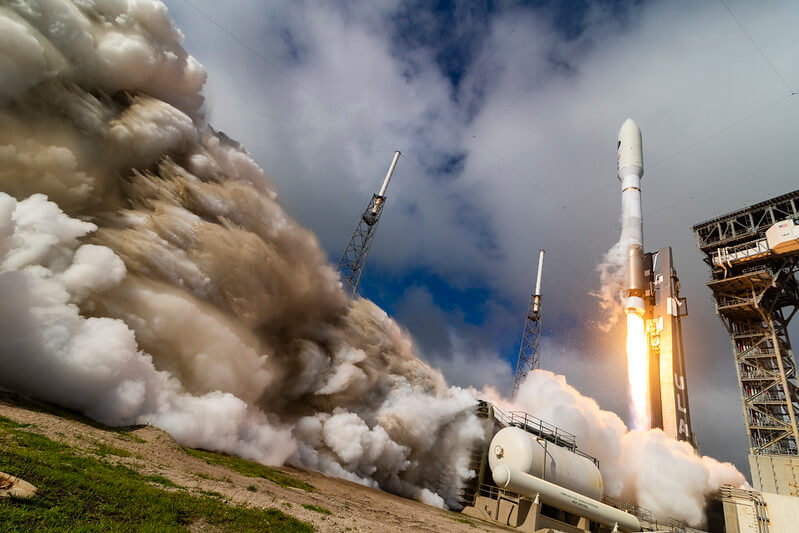United Launch Alliance launches 6th orbital test vehicle for U.S. Space Force; project contains satellite built by Air Force Academy cadets

United launch Alliance, May 18, 2020
CAPE CANAVERAL AIR FORCE STATION, Colo. — A United Launch Alliance Atlas V 501 rocket carrying the USSF-7 mission for the U.S. Space Force lifted off from Cape Canaveral May 17.
This marks the 84th successful launch of an Atlas V rocket, 139th launch for ULA, the second launch for the U.S. Space Force and sixth flight of the X-37B Orbital Test Vehicle or “OTV-6.”
“The success of this mission resulted from collaboration with our customer while working through challenging, and ever changing, health and safety conditions,” said Gary Wentz, ULA vice president of government and commercial Programs. “We were honored to partner with the U.S. Space Force to dedicate this mission to first responders, front-line workers and those affected by COVID-19.”
Along with OTV-6, this mission deployed FalconSAT-8, a small satellite built and designed by cadets at the Air Force Academy and sponsored by the Air Force Research Laboratory to conduct experiments on orbit.
FalconSAT is the Academy’s small satellite engineering program. Cadets design, build, test and operate these satellites. The Academy’s Space Systems Research Center, under the direction of the astronautics department, administers these projects. Most cadets who work on FalconSAT projects pursue bachelor of science degrees in astronautical engineering, although electrical engineering, mechanical engineering or computer science students often join in.
The mission also carried two NASA experiments, including a material sample plate to determine the results of radiation and other space effects on various materials and an experiment to assess space effects on seeds used to grow food. Another experiment sponsored by the Naval Research Laboratory will examine transforming solar power into radio frequency microwave energy and transmitting it to the ground.
For more information, visit www.ulalaunch.com.